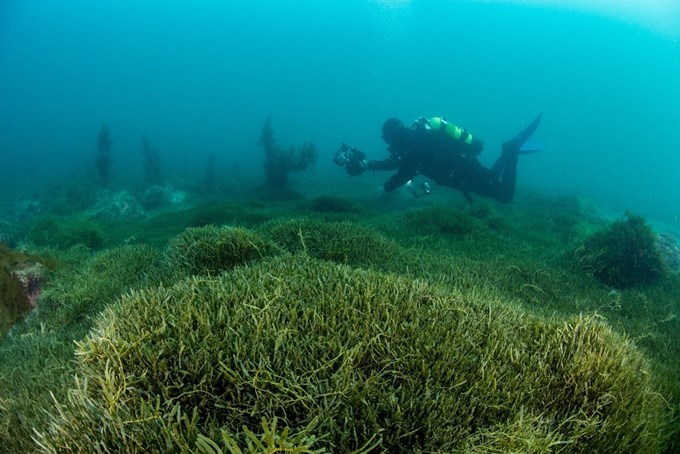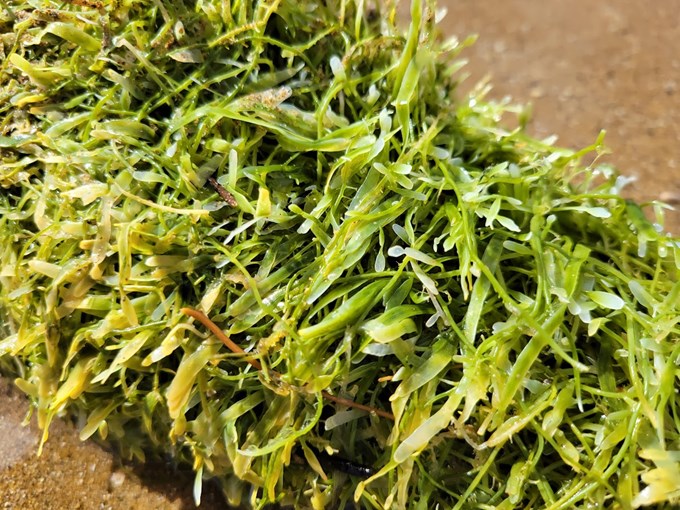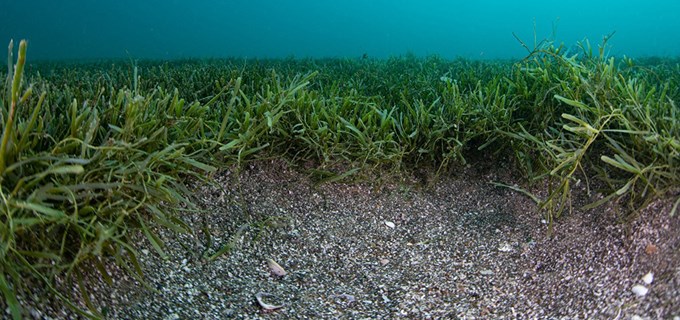The government has announced a $5 million injection of funding to go towards the fight against exotic caulerpa. The funding is to improve new technology to find and remove exotic caulerpa, a fast-spreading seaweed that is a threat to our marine ecosystems.
The funding will be used to trial new technology in the relatively small area of caulerpa at Iris Shoal near Kawau Island, to support local efforts to hold back the creeping spread of caulerpa on Aotea Great Barrier, and to use Waiheke as a test site for improving surveillance technology.
All these areas and the wider Gulf will benefit if this surge in activity results in stronger tools for the long-term management of caulerpa.
Mayor Wayne Brown is pleased the government's jumped on board in the fight against caulerpa.
"I've been advocating for this since last year because I care about our harbours, and right now I believe it is the single biggest threat to their vitality. It was a key call in our manifesto to the government.”
“I'm pleased the government has joined the efforts of boaties and those in the marine industries to tackle this pest. Kudos to them. This will be great news to our island local boards, Aotea Great Barrier and Waiheke Island, and their chairs, Izzy Fordham and Cath Handley."
“There are encouraging new approaches being used that this money will help with, but I encourage boaties and beachgoers alike to continue being vigilant. You’ve done well; keep it up.”
Auckland Council’s Planning, Environment, and Parks Committee, led by Councillor Richard Hills, alongside local boards, has also called for the government to do more to mitigate the spread of the seaweed.
Waiheke Island Local Board Chair Cath Handley says the move is a welcomed step in the right direction for locals on Waiheke and the wider Hauraki Gulf.
“The Waiheke Marine Project, in conjunction with the Ngāti Paoa Iwi Trust, was able to locate exotic caulerpa in the early stages, so to now see funding towards a promising methodology to remove it is hopeful.”
Aotea Great Barrier Local Board Chair Izzy Fordham says it’s a positive sign from the government that it is dedicated to the issue.
“We hope new technologies prove successful and more funding is released so we can see the full elimination of this species. It has spread fast in Aotea Great Barrier, so we don’t have much time.”
Hauraki Gulf Forum Co-Chair Nicola MacDonald supports the Mayor’s comments and says it is great to see the new government rolling up its sleeves.
“It is fantastic to see that Minister Hoggard has followed through with his pledge to us that he would significantly lift investment in combating this scourge,” she says.
New suction dredge technology that has been deployed in Northland represents the best of Kiwi ingenuity. This funding will enable it to be even more effective. We urgently need to see it deployed in the Hauraki Gulf to support Mana Whenua and local communities that have been doing their best to hold the line.”
What to do to limit the spread
Please use moorings where you can instead of anchoring, and please check that the area you are headed to doesn't have a controlled area notice (CAN) or rāhui. It pays to check the rules in place on the Biosecurity New Zealand website for the latest instructions. www.biosecurity.govt.nz/caulerpa
If you’re out at sea – before moving to a new location - check your anchor and fishing gear for any attached seaweed. If you see weed, remove it, bag it, and bin it back on shore.




